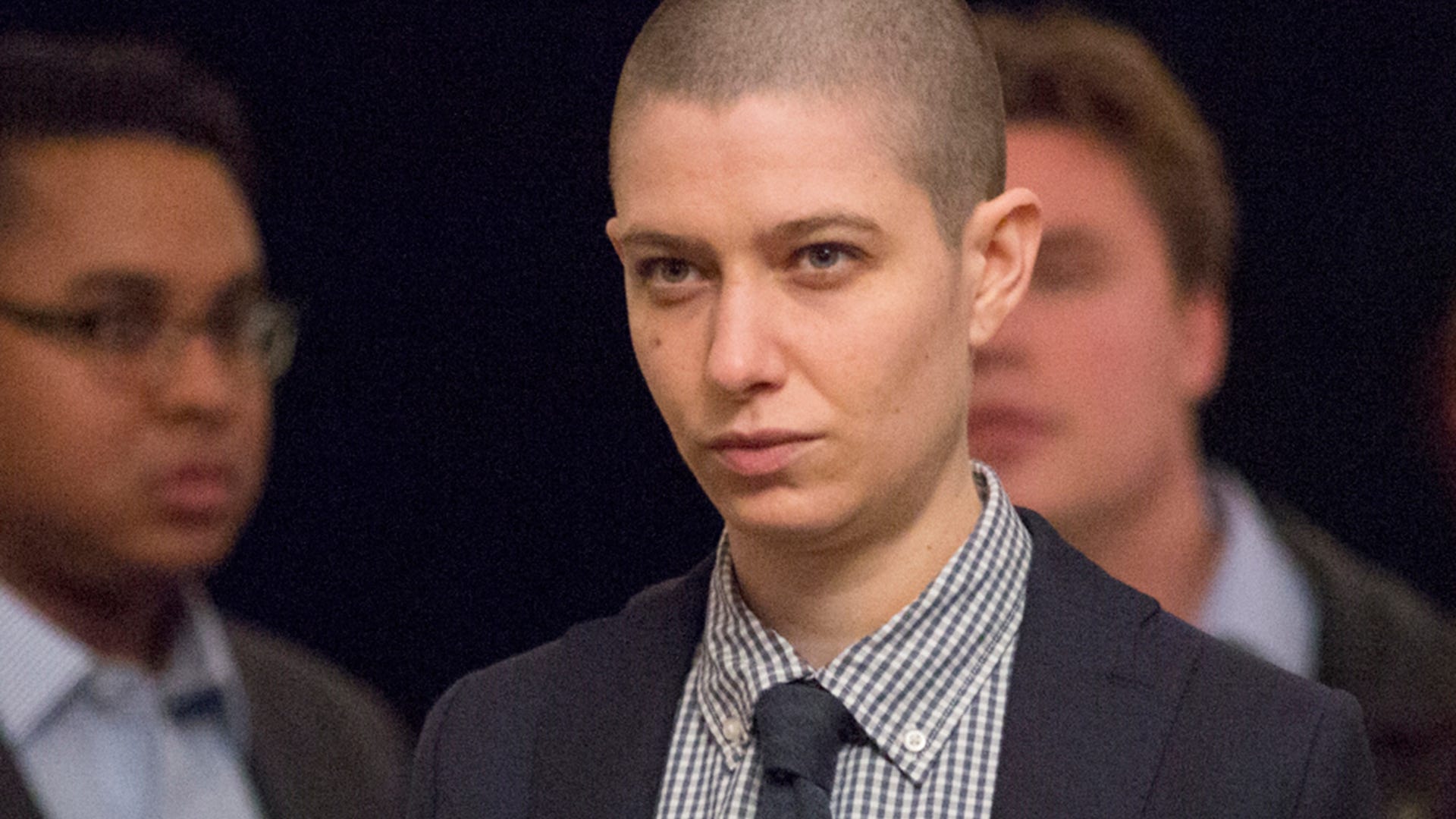Join or Sign In
Sign in to customize your TV listings
By joining TV Guide, you agree to our Terms of Use and acknowledge the data practices in our Privacy Policy.
There Are More LGBTQ Characters on TV Than Ever Before, GLAAD Reports
GLAAD's annual report finds encouraging, but imperfect trends in LGBTQ representation
GLAAD has released its annual report for the 2017-18 season on LGBTQ representation on television, and the organization has found that while there are positive changes happening in broadcast, cable and streaming, Hollywood still has a ways to go, especially in representation of LGBTQ characters of color.
According to GLAAD, of the 901 series regular characters appearing on scripted primetime broadcast this season, 58 (6.4 percent) were identified as gay, lesbian, bisexual, transgender, and/or queer, making it the highest percentage GLAAD has found in the history of this report. There were an additional 28 recurring LGBTQ characters.
On the cable side, the number of LGBTQ regular and recurring characters increased to 173. In streaming, there were 70 LGBTQ regular and recurring characters counted among Amazon, Hulu and Netflix originals, an increase of five total characters from last year.
Bisexual+ characters had a slight decline from last year, making up 28 percent of the LGBTQ characters across all platforms. These characters still heavily skew female (75 women to only 18 men).
This season had 17 regular and recurring transgender characters tracked across all three platforms. Of those, nine are trans women, four are trans men, and four are non-binary, a new category in the report, since there had never been a non-binary character on TV before Billions' Taylor Mason, played by non-binary actor Asia Kate Dillon. There are also two asexual characters, which had never been counted before, on BoJack Horseman and Shadowhunters.

Asia Kate Dillon, Billions
K.C. Bailey, K.C. Bailey/SHOWTIMEBut for all the gains, there are still some weak spots.
"Racial diversity of LGBTQ characters remains an area of concern," according to the report. "Of the 70 LGBTQ characters counted on streaming originals, 77 percent were white. All three platforms tracked here - broadcast, cable, and streaming originals - lacked LGBTQ characters of color."
Only 43 percent of the regular characters counted on broadcast primetime television are women -- LGBTQ or cis -- a decrease of one percentage point from last year and "a severe underrepresentation of the U.S. population, which is estimated to be 51 percent women," according to the report.
And the amount of regular primetime broadcast characters counted who have a disability slightly increased to 1.8 percent, but that's still much fewer than the actual number of Americans with disabilities.
"Numbers are only a small part of the story when it comes to LGBTQ representation on TV and simply being present onscreen is not enough," Megan Townsend, Director of Entertainment Research & Analysis at GLAAD, said in a press release. "While we're pleased to see numbers on the rise, consideration of how LGBTQ characters are woven into storylines and whose stories are making it to screen is crucial for judging progress of the industry. And there is still work to be done."
"As LGBTQ acceptance in government and the broader American culture reverses course, television is a critical home for LGBTQ stories and representation matters more than ever," said Sarah Kate Ellis, President and CEO of GLAAD. "At a time when the Trump administration is trying to render LGBTQ people invisible, representing LGBTQ people in all of our diversity in scripted TV programs is an essential counterbalance that gives LGBTQ people stories to relate to and moves the broader public to support LGBTQ people and families."
